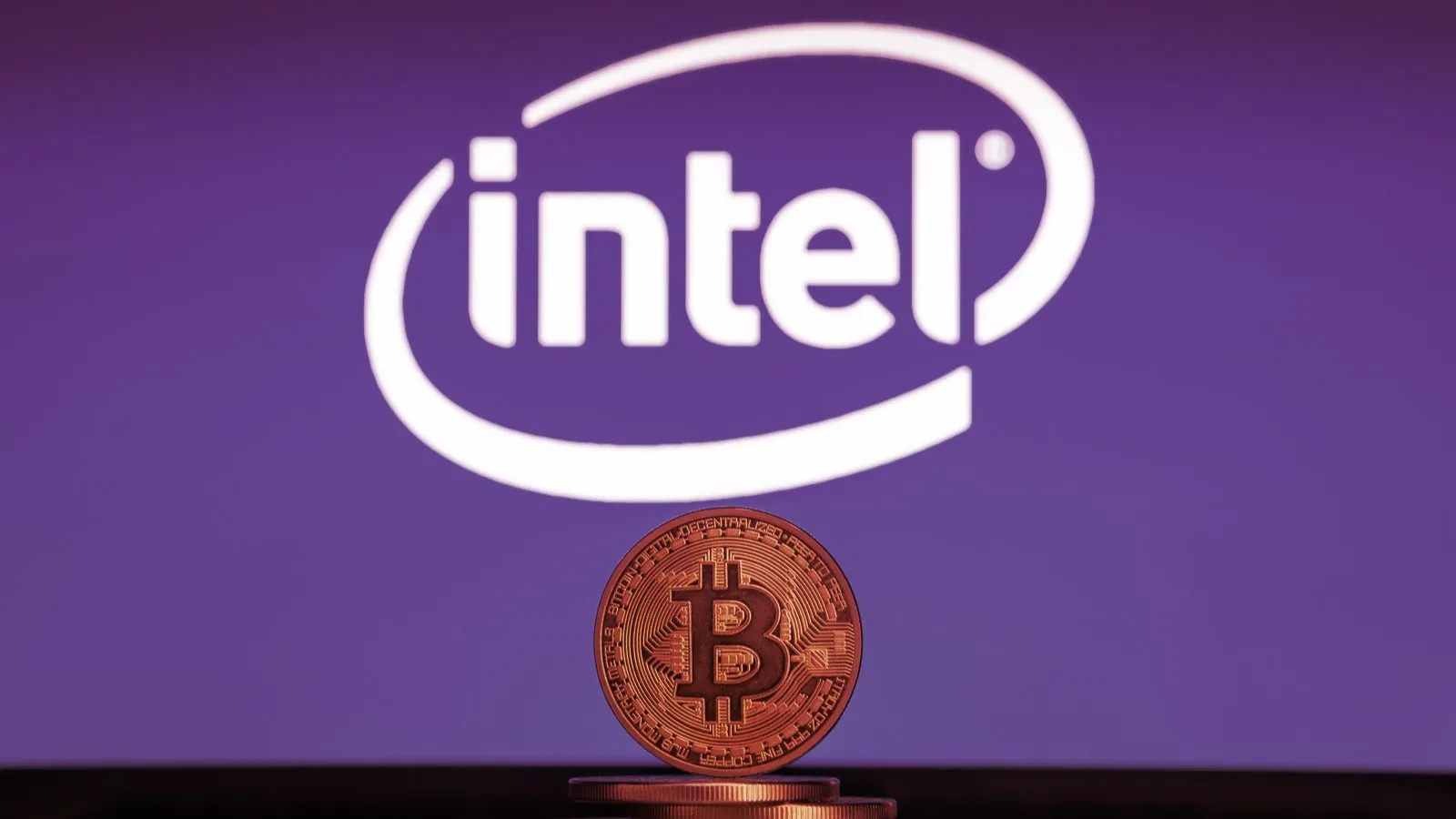Intel today launched its “Intel Blockscale ASIC,” a second-generation Bitcoin mining chip announced in February.
The chip features a 580 GH/s (gigahashes per second) hash rate, while consuming just 26 J/TH (joules per terahash), making it much more efficient. Hash rate measures how quickly a miner can generate answers to Bitcoin’s next block, while joules per terahash measure how much energy is consumed to produce every terahash. A terahash is 1 trillion hashes.
For comparison, Bitmain’s Antminer S19 Pro+ Hyd delivers a hash rate of 198 TH/s while consuming 27.5 J/TH, and MicroBT’s Whatsminer M30S++’s related specs are 112 TH/s at 31 J/TH.
As Intel explains on its site, the chip was built with a focus on energy sustainability in the context of ESG (environmental, social, governance) concerns that continue to plague the industry. For example, Ripple’s co-founder is now backing a campaign to end Bitcoin mining entirely, which cumulatively consumes more energy than Norway.
These energy-related fears are even influencing policymakers. Last month, the European Union tabled a “de facto” ban on Bitcoin mining as part of a crypto regulation package. Granted, lawmakers rejected the version of the bill that included mention of a proof-of-work ban in a 32-23 vote.
“To power this new era of computing, Intel is delivering solutions that can offer an optimal balance of hashing throughput and energy efficiency regardless of a customer’s operating environment,” Vice President Balaji Kanigicherla said in a statement.
The chip will also reportedly include “on-chip temperature- and voltage-sensing capabilities,” alongside support for 256 integrated circuits per chain, neither of which were part of Intel’s original “Bonanza Mine” processor. Furthermore, due to the “nature” of the silicon being used, the company claims it can be supplied in volume “without compromising the supply of new CPUs and GPUs.”
Block CEO Jack Dorsey noted last year that silicon production and supply were “too concentrated” and “overly constrained,” prior to Intel’s market entry. Block is scheduled to be one of the first customers of Intel’s new chip, in the third quarter of this year, and is focused on building its own energy-efficient mining system. Other first recipients include Argo Blockchain, Hive Blockchain Technologies, and GRIID Infrastructure.
“In 2023 and beyond," the company said, "Intel will be working with and supplying prospective customers who share the company’s sustainability goals.”

